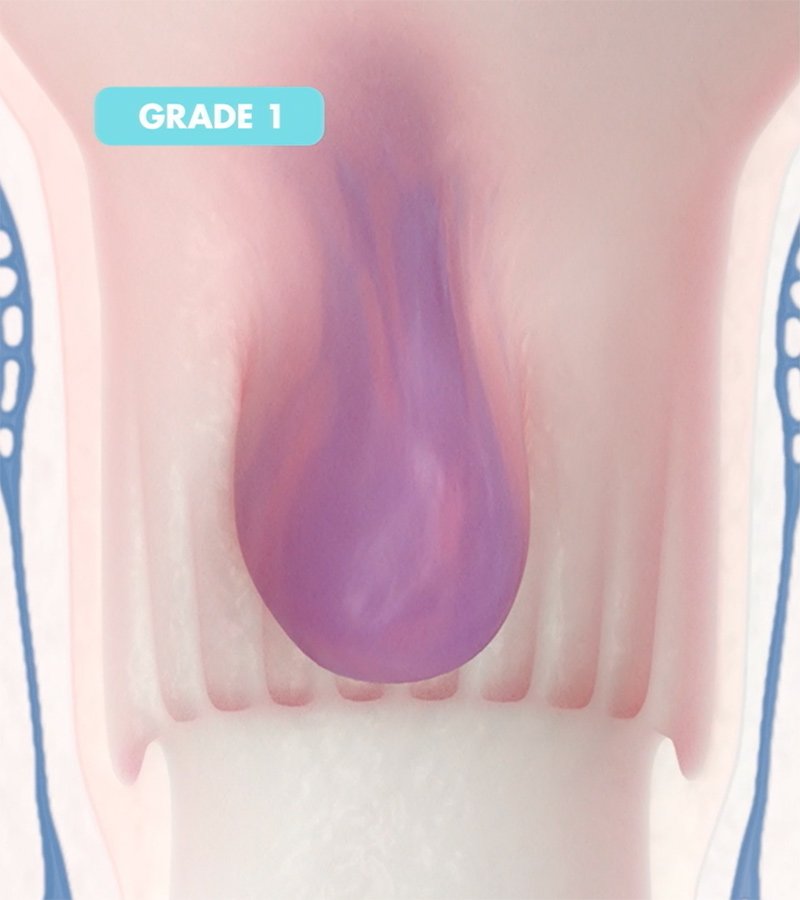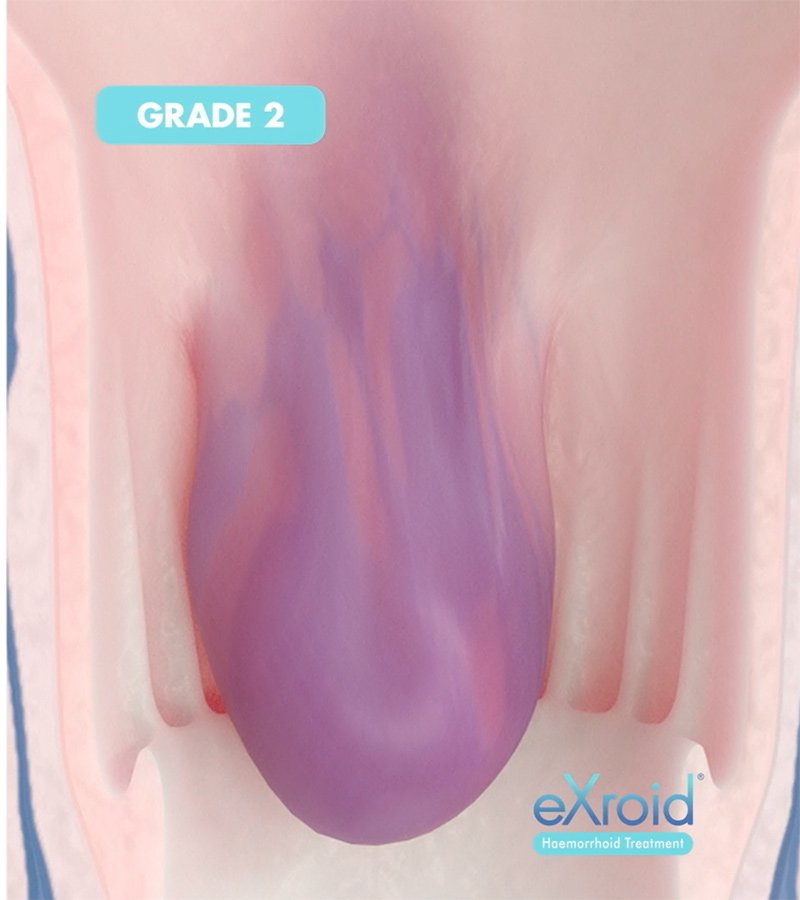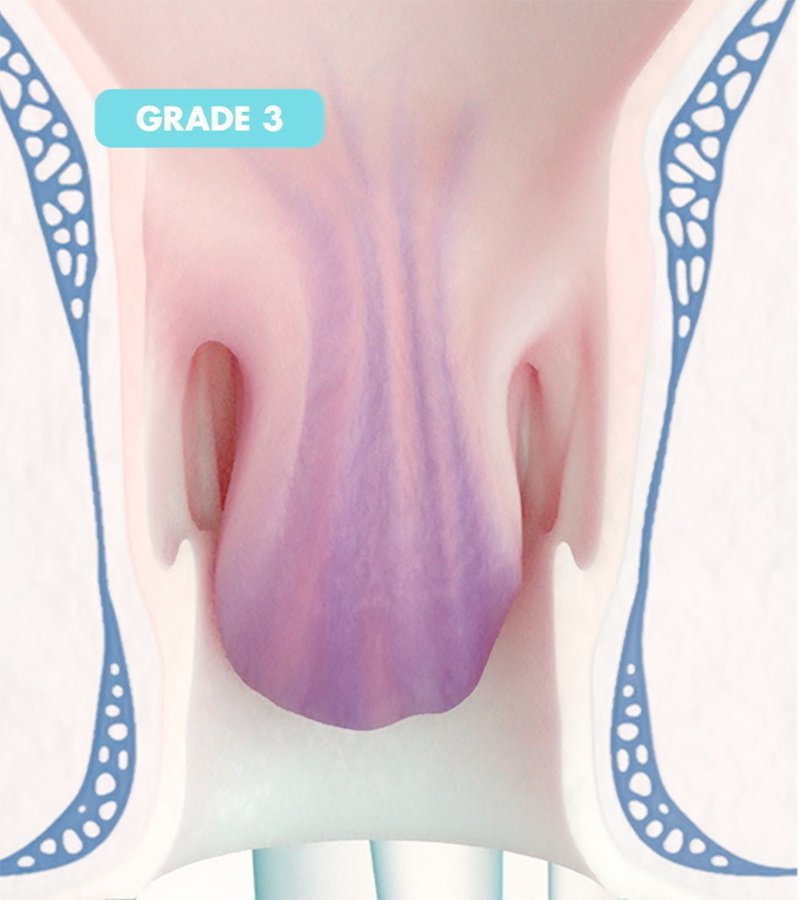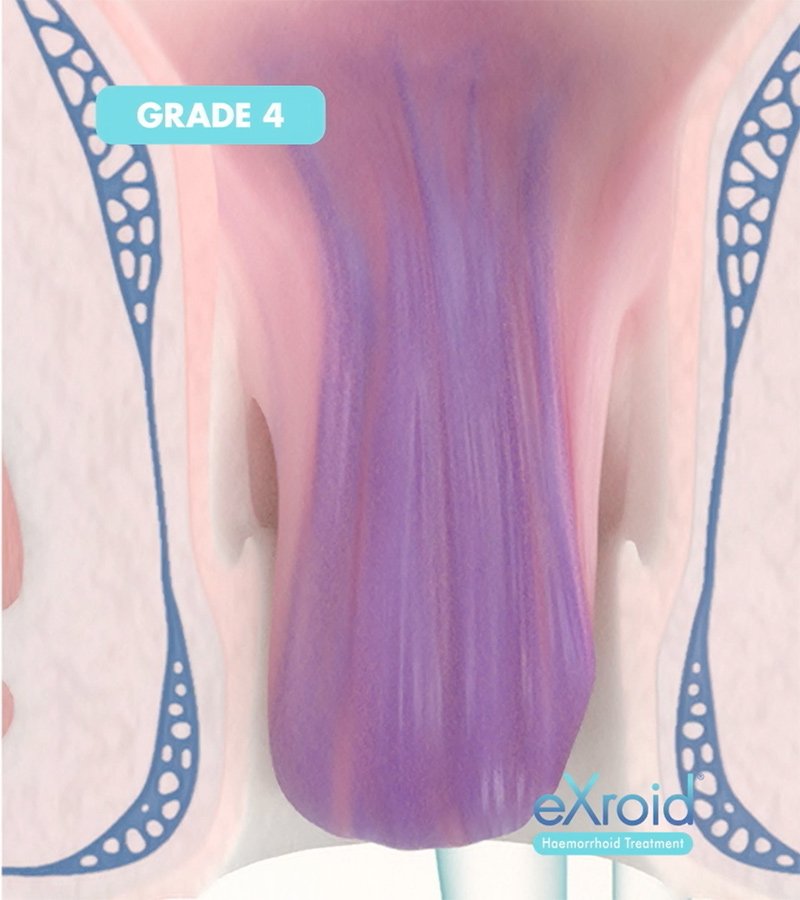What are haemorrhoid creams (Piles creams)?
Haemorrhoid creams are topical medications used to relieve the symptoms of haemorrhoids (also known as piles). They can provide antiseptic, astringent and emollient properties which help relieve discomfort.
Some will additionally contain a corticosteroid, such as hydrocortisone, that helps additionally reduce inflammation, itching, and discomfort. Haemorrhoid creams may also contain ingredients that help to protect the skin, such as petrolatum, glycerine, zinc oxide, mineral oil, and lanolin. Some contain local anaesthetic compounds to reduce pain.
It is these ingredients that have seen some haemorrhoid creams marketed as a product that can reduce under-eye puffiness. It is not encouraged to use haemorrhoid creams around the eyes, as the skin around the eyes is very delicate and can be easily irritated by the active ingredients in haemorrhoid creams. In addition, these creams are not designed to be used on this part of the body and can cause potential damage to the delicate eye area.
Please skip to section:
How do haemorrhoid creams work?
Are haemorrhoid creams an effective treatment?
When should you use haemorrhoid creams?
When to use haemorrhoid creams and how to apply them?
Where can you get haemorrhoid creams from?
What are the different types of haemorrhoid creams?
What should you look for when buying haemorrhoid creams?
What’s the best haemorrhoid cream?
What are my treatment options when haemorrhoid creams aren’t enough?
What does eXroid® electrotherapy treatment involve?
How do haemorrhoid creams work?
Haemorrhoid creams (or piles creams) work by providing topical relief of the symptoms associated with haemorrhoids, including itching, inflammation, burning, and swelling.
These creams can be applied directly to the affected area and are typically used for short-term relief of symptoms.
The active ingredients work by reducing inflammation and providing temporary relief from the discomfort associated with haemorrhoids:
Hydrocortisone is an anti-inflammatory steroid medication commonly used to treat inflammation and itching caused by haemorrhoids. It helps reduce inflammation and swelling, relieves itching and irritation, and promotes healing of affected skin.
Active ingredients such as lidocaine, pramoxine and benzocaine are local anaesthetics, and can help to provide temporary relief of pain, itching, and burning associated with haemorrhoids. It works by temporarily numbing the area, reducing swelling, and providing a cooling sensation.
Witch hazel is often used as a natural remedy to provide symptomatic relief for haemorrhoids. It works by acting as an astringent to shrink swollen blood vessels, reduce inflammation, and relieve itching and burning sensations. It also can help to reduce swelling and bleeding caused by haemorrhoids.
Are haemorrhoid creams an effective treatment?
Haemorrhoid creams can be effective in reducing inflammation and pain caused by haemorrhoids. However, they may not be effective for everyone, and they may not provide a long-term solution. Haemorrhoid creams may provide only temporary relief from symptoms and are not a cure for haemorrhoids.
Some sufferers may not see any improvement with the use of haemorrhoid creams. In others, symptoms might seem to worsen if the patient has developed a sensitivity to one or more of the ingredients in the cream leading to an allergic reaction.
If symptoms persist, it is important to consult with a doctor or specialist consultant to determine the best course of treatment. They may recommend further topical treatments, as well as lifestyle changes, dietary changes, medications and procedures.
| To discuss the available haemorrhoid treatment options, speak to our expert team who offer impartial and friendly advice. Call us on 0800 999 3777 or click here for all other queries. |
When should you use haemorrhoid creams?
The National Institute for Health and Care Excellence (NICE) provides guidance on the management and intervention of haemorrhoids, which states that topical treatments such as haemorrhoid creams should be the first-line approach for the management of early-stage haemorrhoidal disease.
These treatments should be used both for internal and external haemorrhoids and should be combined with lifestyle changes and other treatments as needed.
Early-stage haemorrhoidal disease can be categorised into grades:
GRADE 1
Grade 1 haemorrhoids are internal haemorrhoids that are enlarged but remain inside the rectum
GRADE 2
Internal haemorrhoids that prolapse outside of the anus but spontaneously reduce on their own.
GRADE 3
Internal haemorrhoids that prolapse outside of the anus but must be manually pushed back in.
GRADE 4
Internal haemorrhoids that are permanently prolapsed outside of the anus and cannot be manually pushed back in.
See here to learn more about the different types of haemorrhoids
Topical treatments are not just for early-stage haemorrhoidal disease though. They can be used to treat haemorrhoids at any stage, including those that are more advanced. However, they are more effective when used in the early stages.
The best way to determine whether or not a haemorrhoid cream is suitable for your individual case is to visit a doctor and get a diagnosis.
Are haemorrhoid creams safe to use?
Piles creams are generally safe to use, but they can have some potential side effects. Some people may experience skin irritation, burning, or stinging when using these creams. In general, it is not recommended to use haemorrhoid creams in circumstances where there is an active infection or skin condition, or if they have an allergy or hypersensitivity to any of the ingredients in the cream.
It is not recommended to use haemorrhoid creams while pregnant because the ingredients may be absorbed into the bloodstream and could affect the foetus. If you are experiencing the symptoms of haemorrhoids, your doctor may recommend other treatments such as warm baths, over-the-counter topical medications, stool softeners, and dietary changes. In some circumstances Anusol and Preparation H haemorrhoid creams may be safe to use during pregnancy.
Always speak to a doctor before beginning treatment with haemorrhoid creams and follow the on-pack instructions provided by the manufacturer.
When to use haemorrhoid creams and how to apply them
Before applying haemorrhoid cream, it is important to take into account the type of haemorrhoid, the severity of symptoms, and the specific instructions of the product.
When applying haemorrhoid cream, it is best to do so after a bowel movement. This helps to ensure that the cream is applied to clean skin and can provide the most effective relief. The best time of day to apply haemorrhoid cream is in the morning and at night, though some products may recommend more frequent applications throughout the day. Regardless of the frequency, it is important to read the instructions provided on the label of the product to ensure that the cream is being used judiciously and safely.
1. Wash your hands with soap and water before and after each application.
2. Squeeze a pea-sized amount of the cream onto your fingertip.
3. Gently massage the cream into the affected area.
4. Remove any excess cream from your finger with a tissue or paper towel, and wash your hands with soap and water.
In some cases, it may be necessary to use the cream for up to two weeks. Haemorrhoid creams should also be used with caution as overuse of these products can lead to other skin irritations and side-effects such as skin thinning, particularly if they contain a steroid.
If your symptoms do not improve or worsen, you should contact your doctor for further advice.
Where can you get haemorrhoid creams from?
Haemorrhoid creams are available over-the-counter at most pharmacies and drugstores, such as Boots, Superdrug and Lloyds Pharmacy. Depending on the severity of the condition, different types of cream may be recommended. For mild cases of haemorrhoids, a simple over-the-counter cream may be sufficient to provide relief.
For more severe cases, a stronger prescription cream may be needed. It is important to consult with a doctor or pharmacist to determine the best treatment for an individual’s condition.
| If you would like to discuss your condition with our Patient Services team, why not call us now on 0800 999 3777 or click here for more contact options. |
What are the different types of haemorrhoid creams?
Over the Counter (OTC) haemorrhoid creams are typically used for mild to moderate haemorrhoid symptoms, such as itching, burning, and pain. These creams contain active ingredients such as hydrocortisone and pramoxine that help to reduce inflammation and provide temporary relief.
Prescription haemorrhoid creams are typically used for more severe haemorrhoid symptoms, such as bleeding or prolapsed haemorrhoids. These creams may contain stronger active ingredients such as lidocaine and hydrocortisone, which can provide additional relief from swelling and pain. The progressiveness of the haemorrhoid condition should be considered when determining which cream to use. For mild to moderate cases, OTC creams can provide temporary relief, but for more severe cases, such as prolapsed haemorrhoids, or if your symptoms are not improving, a prescription-strength cream may be necessary.
What should you look for when buying haemorrhoid creams?
When looking for a haemorrhoid cream, it is important to look for one that contains ingredients that are known to be safe and effective in treating haemorrhoids. Look for creams that contain ingredients like Witch Hazel, Aloe Vera, Vitamin E, and Calendula. Witch Hazel is an astringent that helps reduce swelling and inflammation, while Aloe Vera helps soothe the area and reduce itching and discomfort. Vitamin E helps promote healing, and Calendula is an anti-inflammatory that helps reduce swelling. It is also important to look for creams that are free of potential irritants like fragrances, alcohol, parabens, and dyes.
Look for creams that are designed specifically for treating haemorrhoids, as generic creams may not be as effective. Finally, you may want to consider creams that come with applicators, as this can make application much easier and more comfortable.
In addition to creams, there are several other topical treatments available for haemorrhoids. These include ointments, suppositories, and wipes. Ointments are generally used to provide relief from itching and burning, while suppositories are used to provide lubrication and moisture to the area. Wipes can be used to clean the area, reduce swelling, and provide relief from itching.
What’s the best haemorrhoid cream?
The best haemorrhoid cream (piles cream) depends on the person and their individual needs.
There is not one single "best" haemorrhoid cream, as different people may have different results with different creams. Below we have highlighted the core active ingredients in some popular brands of haemorrhoid creams, and the symptom relief these may help to provide:
Anusol contains zinc oxide and bismuth subgallate, which help to protect the affected area and reduce itching.
Preparation H contains hydrocortisone, which helps to reduce inflammation and itching.
Anugesic HC contains the active ingredients pramocaine, which helps to numb the affected area and reduce pain, and hydrocortisone, which helps reduce inflammation and itching.
Germaloids HC contains a combination of hydrocortisone and zinc oxide, which helps to reduce inflammation and itching.
Perinal contains lidocaine and hydrocortisone, which helps to numb the affected area and reduce inflammation.
Proctosedyl contains hydrocortisone and cinchocaine hydrochloride, which helps to reduce inflammation and itching.
Uniroid HC contains hydrocortisone and lidocaine, which helps to reduce inflammation and itching, as well as numbing the affected area.
Xyloproct contains hydrocortisone and lidocaine, which help to reduce inflammation and itching.
Proctofoam HC contains pramoxine and hydrocortisone, which helps to reduce inflammation and itching.
While these creams and ointments can help to alleviate some of the associated symptoms of haemorrhoids, you should also follow a healthy diet, drink plenty of water, and keep the affected area clean and dry to help prevent further irritation.
Most haemorrhoid creams should not be used for longer than seven days. If symptoms do not improve after seven days, seek further medical advice. You should always read the instructions carefully before using any of these creams or ointments, and if you have any questions or concerns you should consult your doctor.
What are my treatment options when haemorrhoid creams aren’t enough?
If you do not respond to conservative measures and haemorrhoid creams are not effective in providing relief, you should speak with your doctor. They can determine the cause of your haemorrhoids and suggest more tailored treatments, such as lifestyle changes, and medical procedures to remove the haemorrhoid themselves. There is a range of non-surgical and surgical treatments available in secondary care in the UK. Each has varying levels of effectiveness, associated risks, and complications. It is important to discuss the pros and cons of each treatment option with a specialist doctor.
Non-surgical treatments
Non-surgical treatments are often performed in outpatient clinics without anaesthesia, making for a more convenient and lower risk treatment.
Where haemorrhoid sufferers find little improvement with conservative therapy, non-surgical treatments have been widely effective for patients suffering bleeding and prolapse caused by early haemorrhoidal stages.
The most common non-surgical treatments for haemorrhoids:
Rubber Band Ligation (RBL or banding): A rubber band is placed around the base of the haemorrhoid, cutting off its blood supply. This makes the haemorrhoid shrink and eventually fall off.
Haemorrhoid Sclerotherapy: This involves injecting a chemical solution into the haemorrhoid to make it shrink.
Haemorrhoid Infrared Coagulation, Laser Treatment and Radiofrequency all generate heat: The heat generated using these different devices can seal off the blood vessels supplying the haemorrhoid, thereby reducing them.
Direct Current Electrotherapy: The eXroid® electrotherapy procedure is a non-surgical, minimally invasive treatment for haemorrhoids that uses direct current electrotherapy to stimulate the production of hydroxide ions that causes chemical cauterisation resulting in a reduction in the size of the haemorrhoids (this is not a heat treatment).
What does eXroid® electrotherapy treatment involve?
eXroid® is an electrotherapy procedure for the treatment of haemorrhoids. It involves the use of a small probe inserted into the anal canal, which is then gently rested onto the rectal mucosa at the point where the feeding vessels to the haemorrhoid are situated. It then uses direct current electrotherapy to reduce the size of the haemorrhoids by starving the blood supply feeding into the haemorrhoid. The procedure is minimally invasive and can be done in a clinic setting in less than an hour, with minimal discomfort. The eXroid® procedure is safe and effective and is an excellent alternative to more invasive surgical treatments.
It can be used for all 4 grades of internal haemorrhoids and is the only non-surgical treatment that can do this.
Watch our explainer video for more information
Surgery can be invasive and can cause further complications, so non-surgical treatments should be attempted first. If non-surgical treatments are not effective, then surgery may be an option.
Our expert team are on-hand to offer impartial and friendly advice, from booking an examination to helping you decide which treatment option is best for you, whether that be the eXroid® treatment or not.
Call us on 0800 999 3777 or click here for all other queries.
Would you like to discuss your condition with a trained advisor?
Please call us now on 0800 999 3777 or let us know your contact details below and we'll be in touch:Want to understand your haemorrhoid symptoms better?
Answer some simple questions about the symptoms you are experiencing to get your haemorrhoid severity score and receive advice on what it means and what to do next.
























